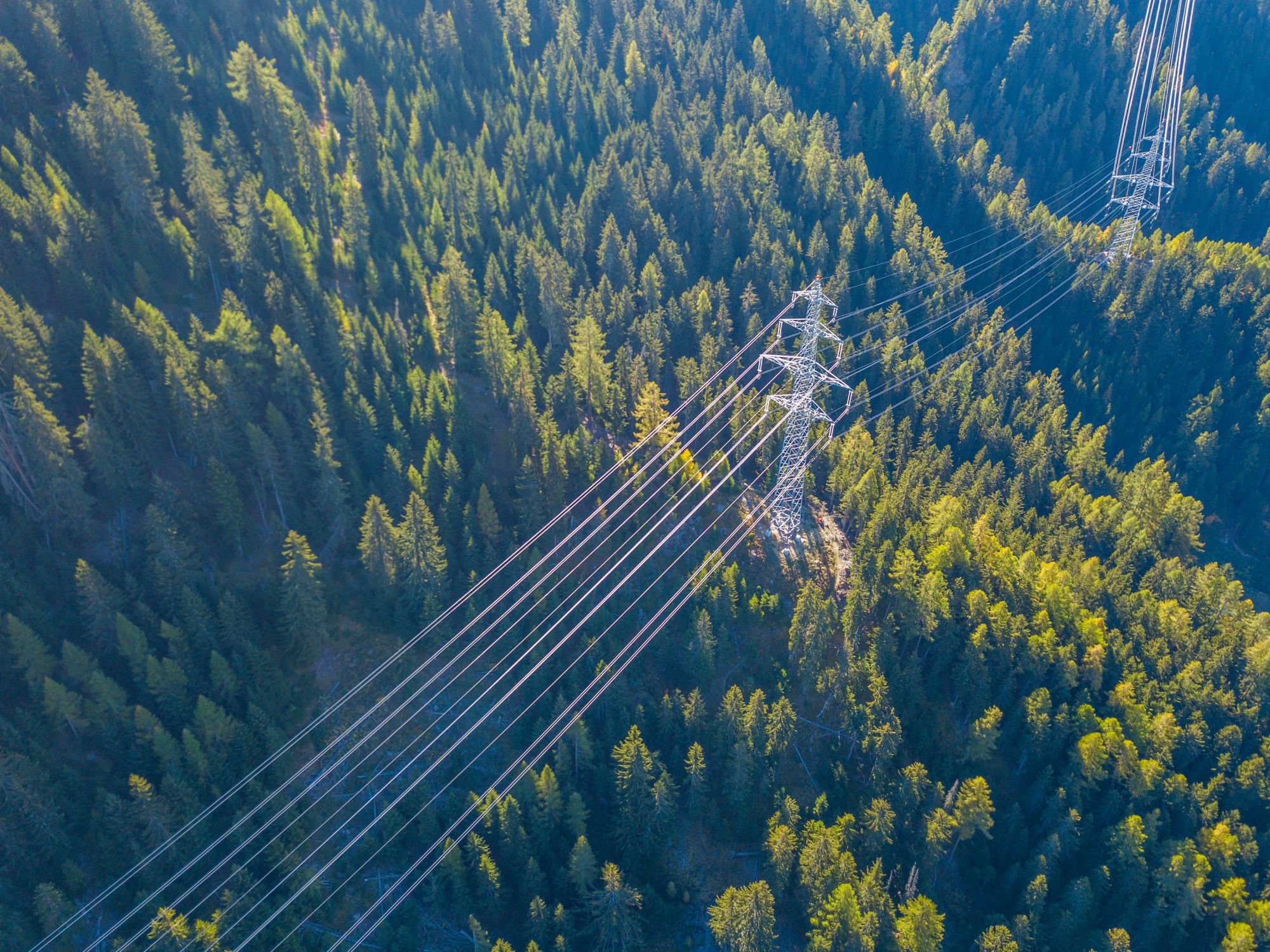Challenging Apathy When it Comes to Campus Energy Use
Let's Save Energy
Alliance to Save Energy's Blog

While college students are studying for midterms, socializing at parties, and applying to part-time jobs, they are not considering their energy usage. The same is true for professors and administrators who are only on campus for a limited number of hours each day and more often than not, enter a classroom or office where the lights, projectors, and office equipment are already turned on and ready to go. This apathy among energy users—largely driven by a lack of knowledge—is the challenge that campus energy managers face as they work to make strides in energy efficiency.
What if energy mangers were not alone in their efforts? What if everyone on campus participated in the challenge? This is exactly what happens during Campus Conservation Nationals (CCN), the largest energy and water reduction competition for colleges and universities in the world, which just finished its fourth year on April 25. A partnership between Lucid, the Center for Green Schools at USGBC, the National Wildlife Federation, and the Alliance to Save Energy, CCN 2014 had 109 schools, 1330 buildings, and 265,000 students and staff participate.
So what happens when everyone participates? Cumulatively these schools saved over 2.2 million kilowatt hours of electricity—equivalent to three million pounds of CO2 and $196,000. Read more on the results and the top reducing colleges.
CCN addresses the apathy mentioned above by making energy use more transparent, by tapping into students’ competitive spirit, and by building a team of campus representatives that work to normalize conservation behavior. Students are normally blind to their energy usage, but during the competition, Lucid’s online dashboard allows students and staff to see how much energy their building used during a baseline period as compared to the competition period. CCN participants compete on two-levels: within their campus, building vs. building as well as at the national level, campus vs. campus. And finally, CCN requires each campus to organize a team of building ambassadors who take the message to their classmates and officemates and then practice what they preach so everyone can follow along.
These efforts produce three weeks of excitement around energy reduction and impressive savings all thanks to behavior change. But what happens when the competition ends? Education steps in, and efforts such as the Alliance’s PowerSave Campus program keep energy efficiency ambassadors on the ground year round. After running CCN on their campuses, the PowerSave interns recognize that although competition cannot be sustained, transparency can. Students and staff should always be kept in the loop and encouraged to do their part. The campus energy challenge has only just begun!
RECENT BLOG POSTS
STAY EMPOWERED
Help the Alliance advocate for policies to use energy more efficiently – supporting job creation, reduced emissions, and lower costs. Contact your member of Congress.
Energy efficiency is smart, nonpartisan, and practical. So are we. Our strength comes from an unparalleled group of Alliance Associates working collaboratively under the Alliance umbrella to pave the way for energy efficiency gains.
The power of efficiency is in your hands. Supporting the Alliance means supporting a vision for using energy more productively to achieve economic growth, a cleaner environment, and greater energy security, affordability, and reliability.




